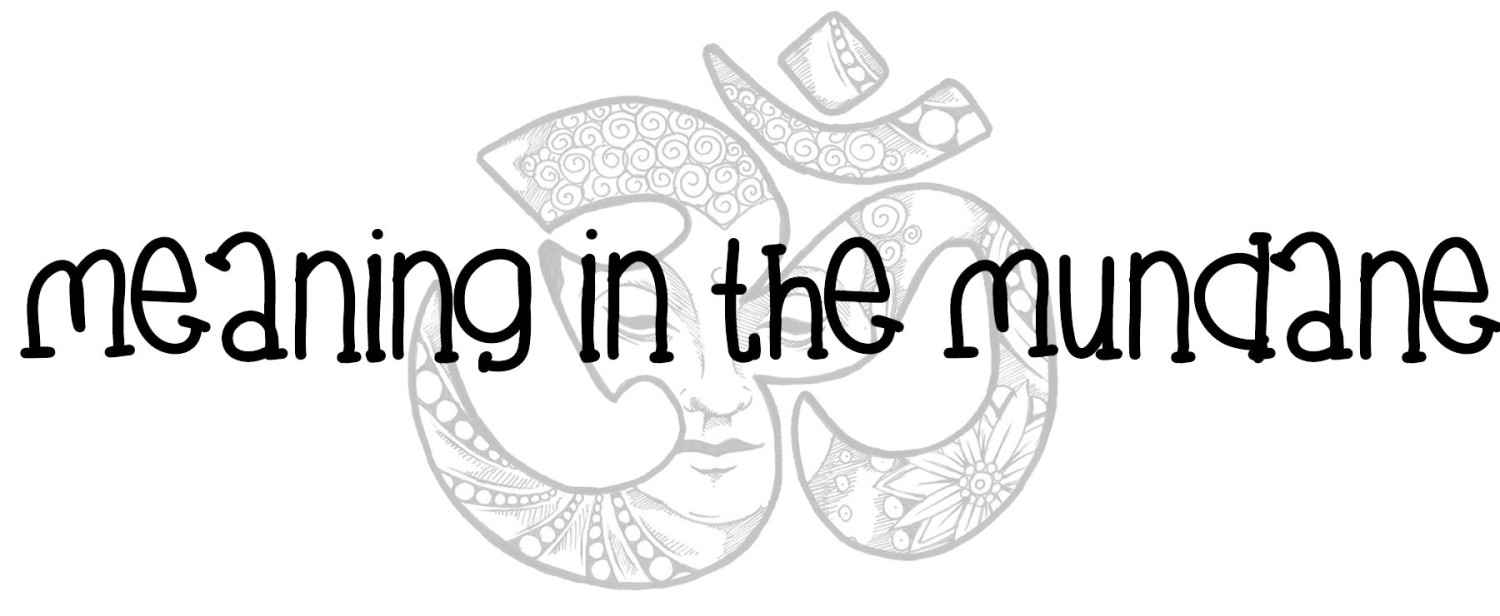As adults we typically consider imagination child’s play. We shoot a placating smile to a child when they speak about growing up to be president, an astronaut, a doctor or a lawyer. Nothing is far fetched. We listen attentively when they talk about the horrors of the monster under their bed and console them to sleep when we tell them of our plan to defeat it. We supply them with crayons and paper to give life to a wonderous world of their own creation. We foster that creative side and proudly promote that vivid imagination on the face of the fridge.
“Imagination is powerful. It plants a seed for the future.”
It was once believed that our brain’s structure was developed in early adulthood. Now modern science has shown that new neural pathways can be created in our brains to adapt to new experiences, memories or thought patterns. Our brains possess a plasticity. They can be manipulated, grow and change over a lifetime. With this knowledge, what we think about becomes paramount. “Positive thinkers” and those who engage in “creative visualization” may not be full of BS, after all, like some believe. They may just have a knack at making their fanciful daydreams and desires a conscious reality.
Can’t hurt to give it a try.
Just be careful what you wish for. It may just come true.

Love reading your articles and love this one very much! Since I like anything that has to do with the lmagination